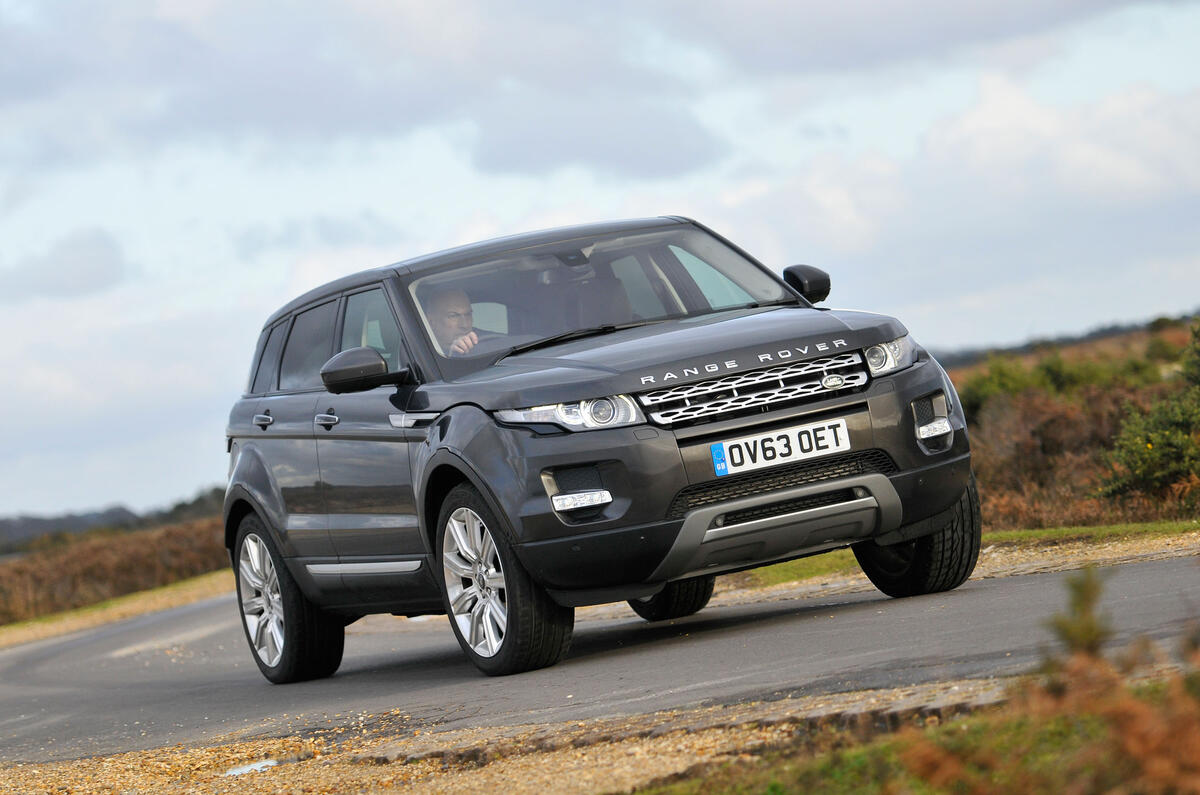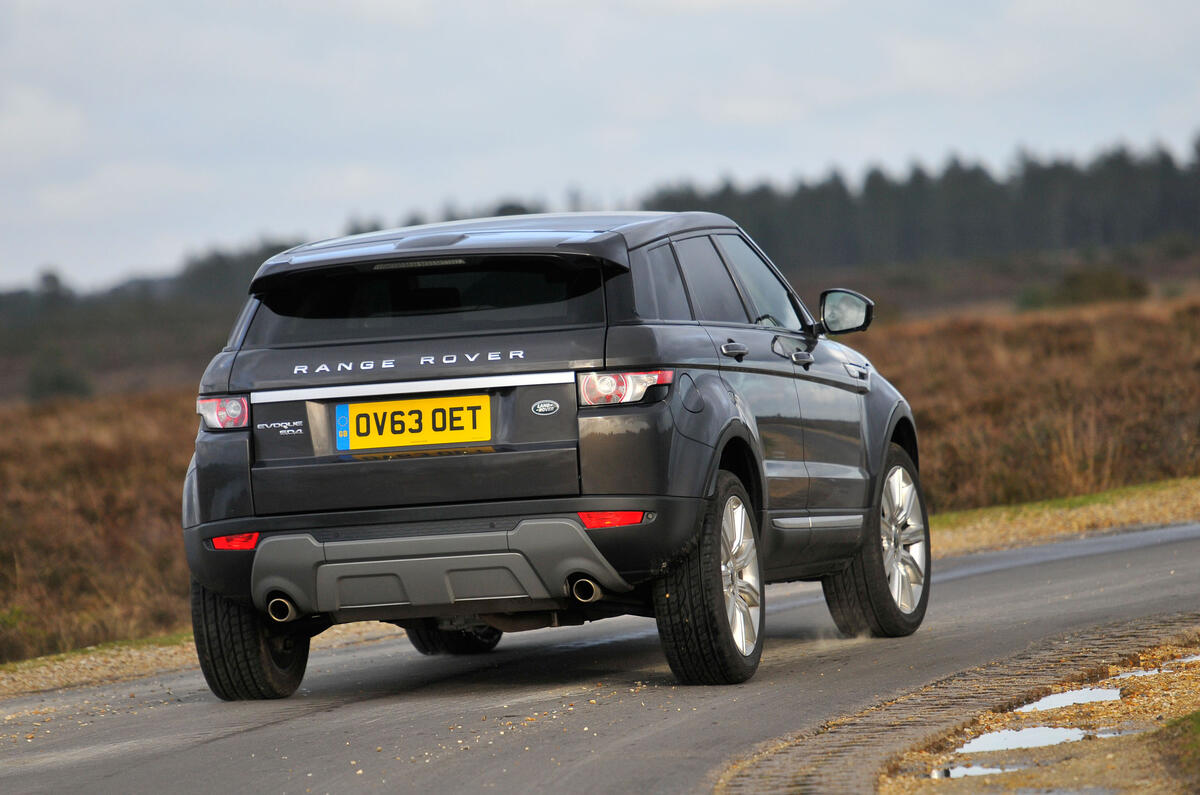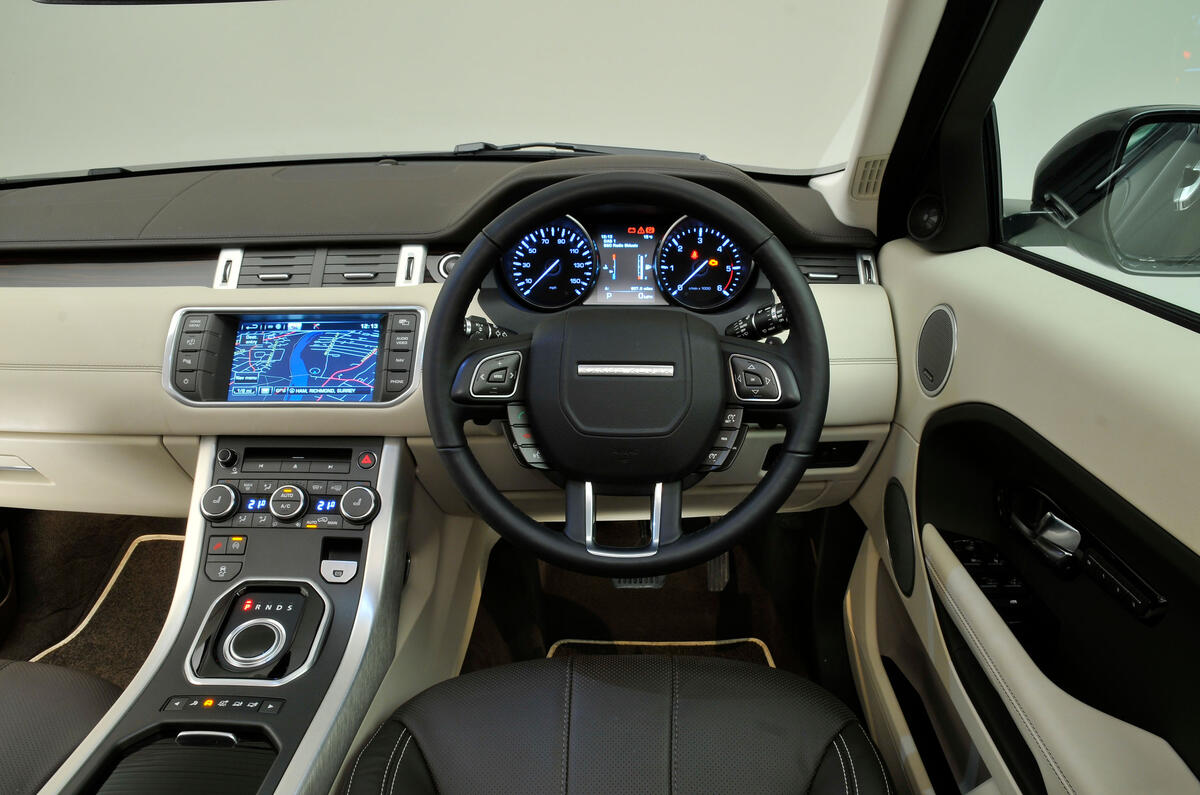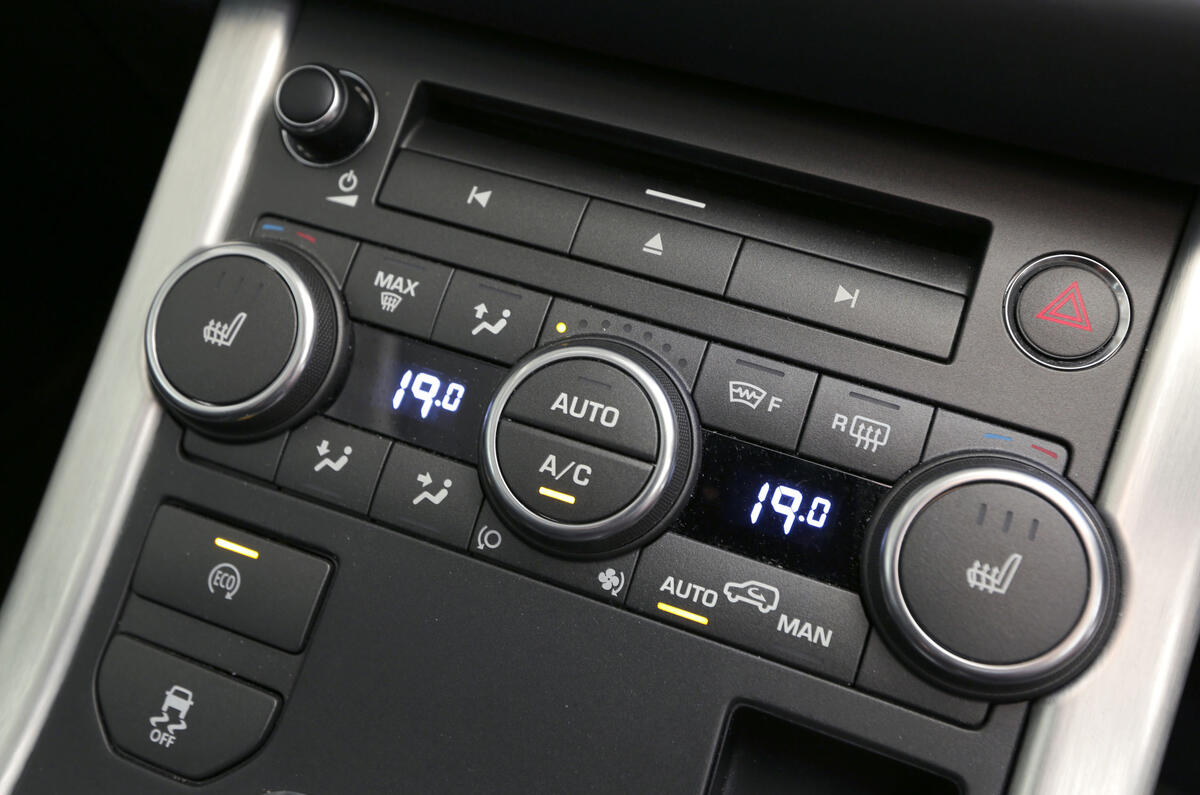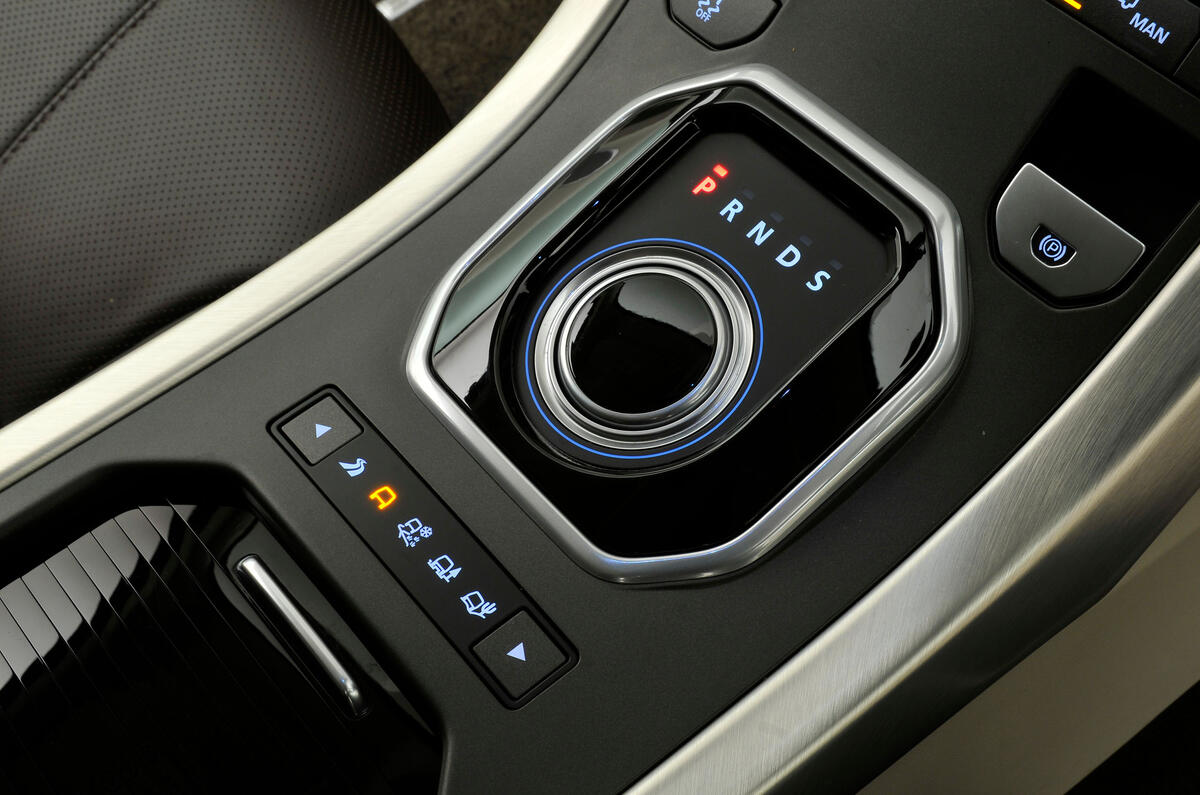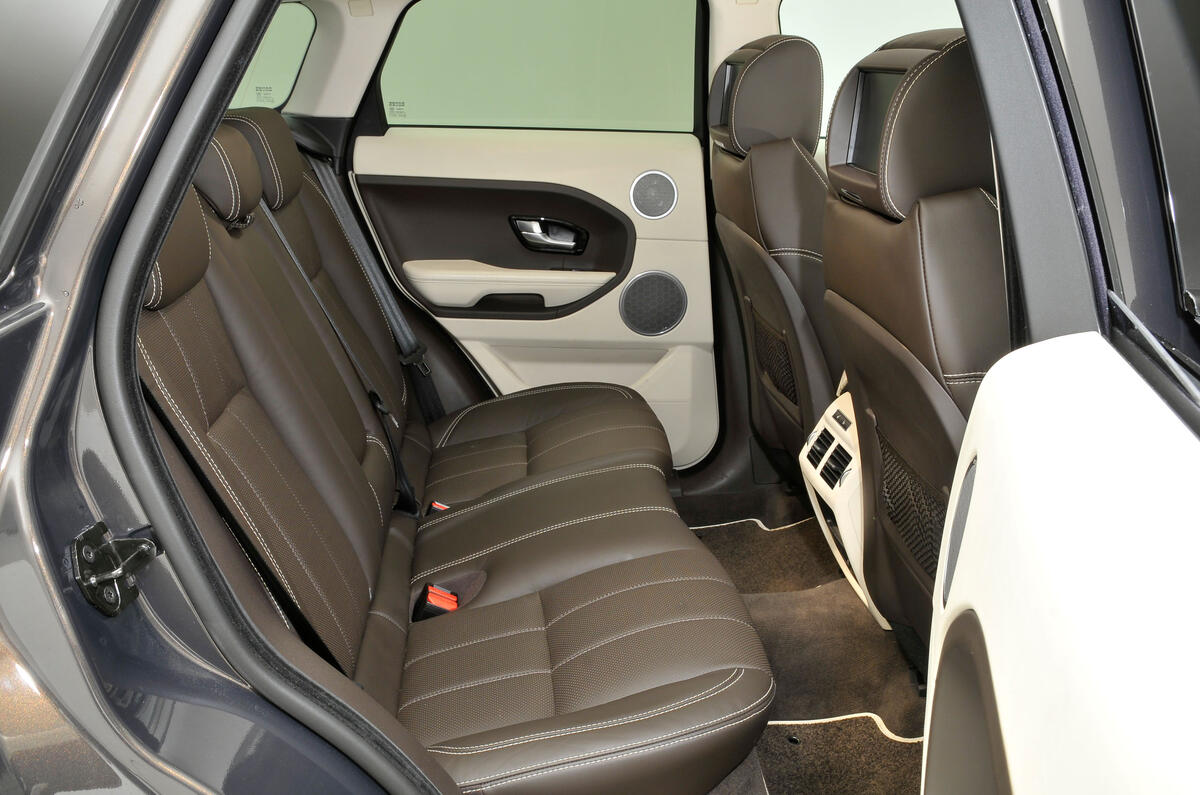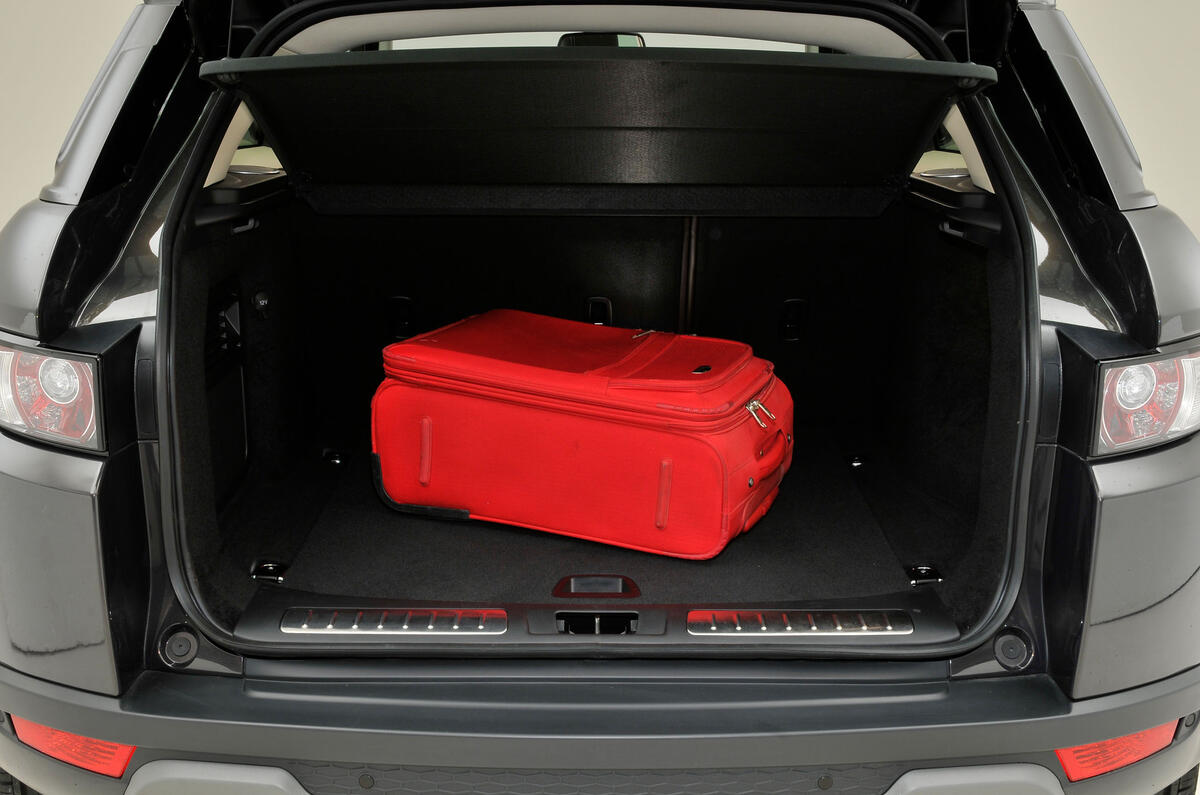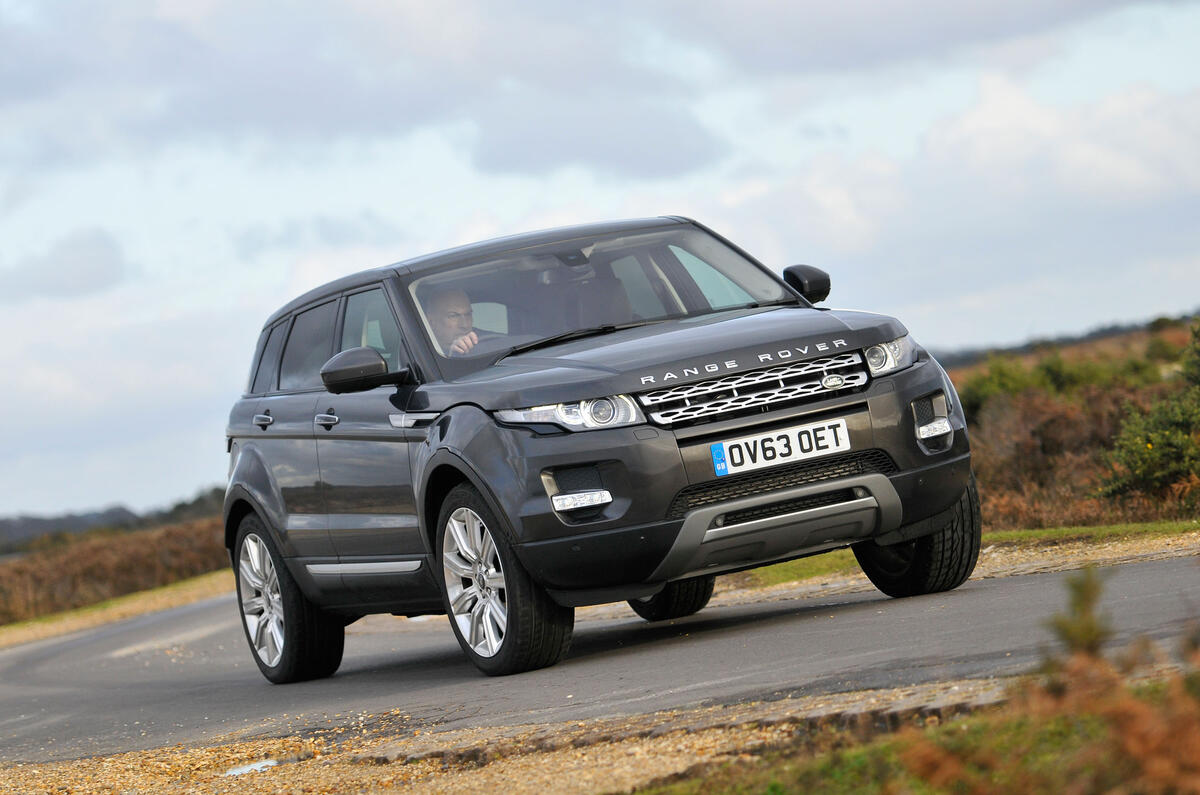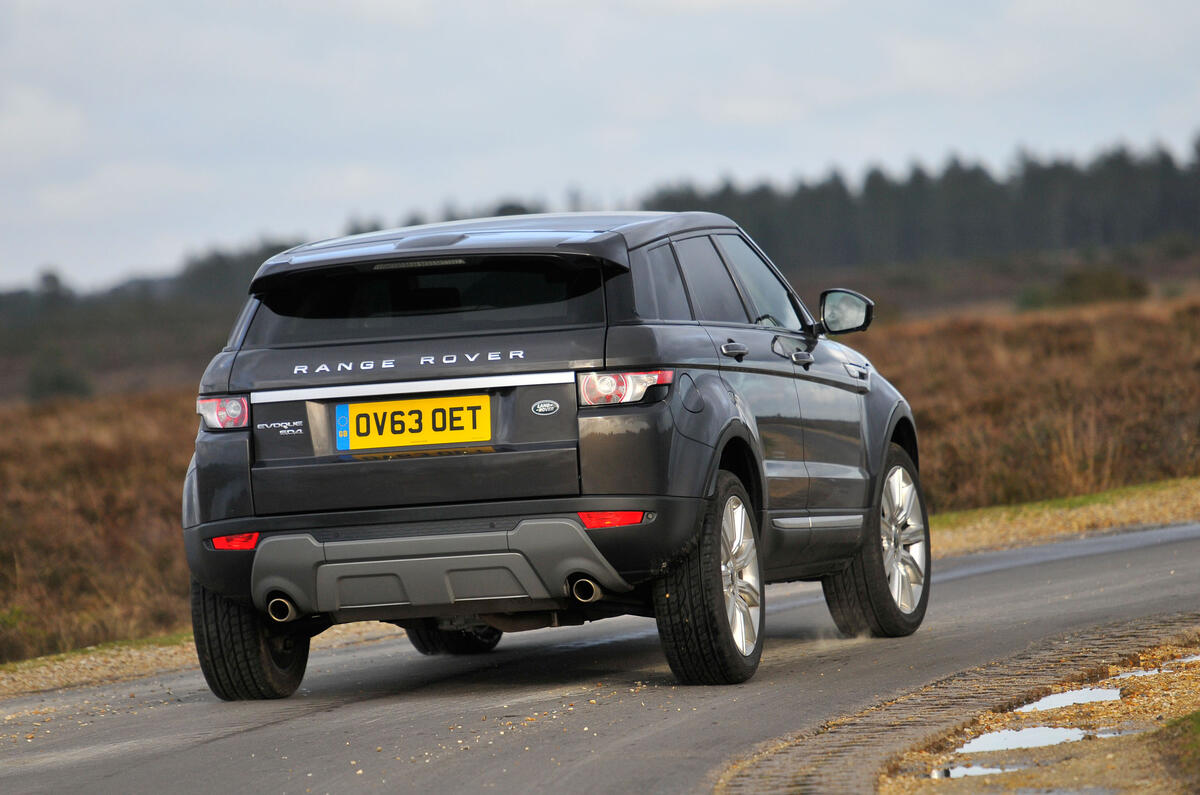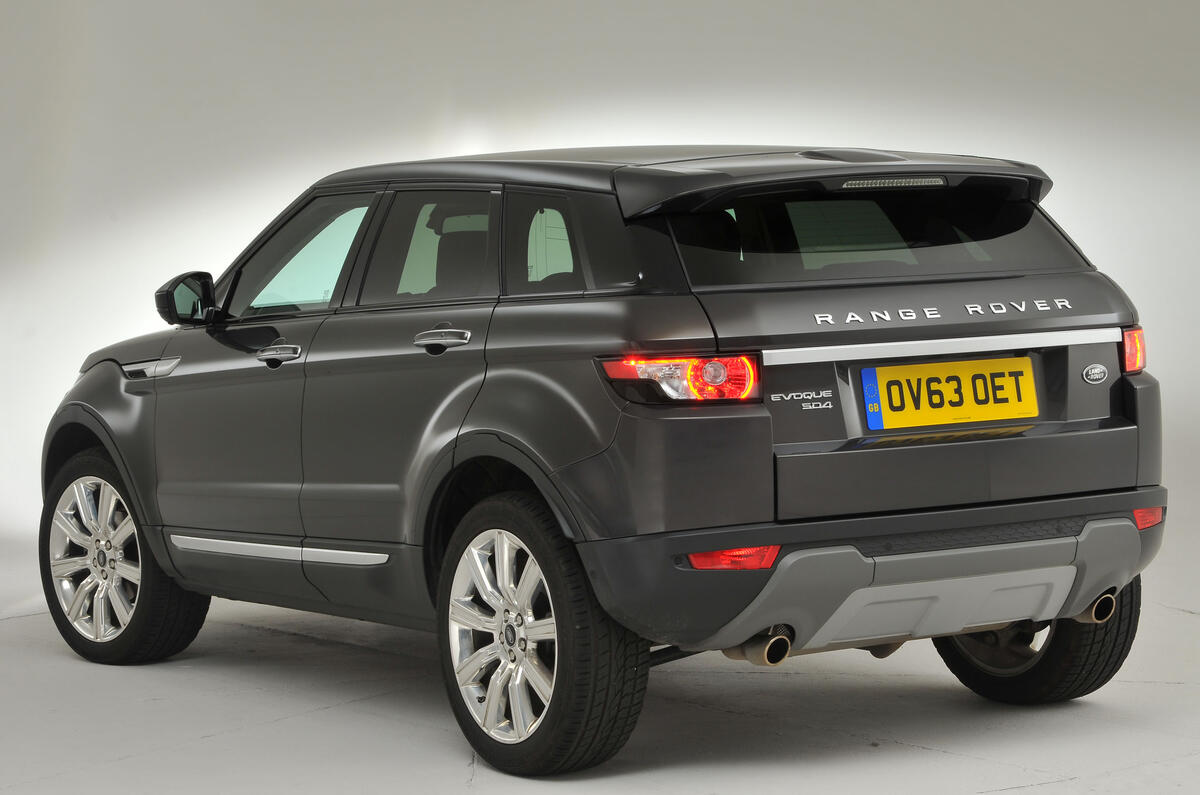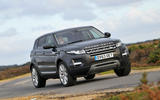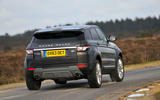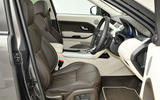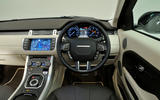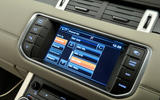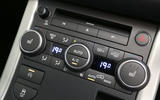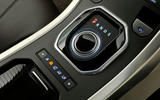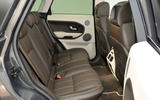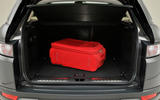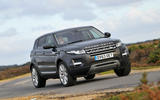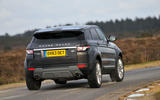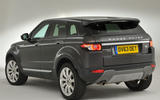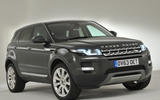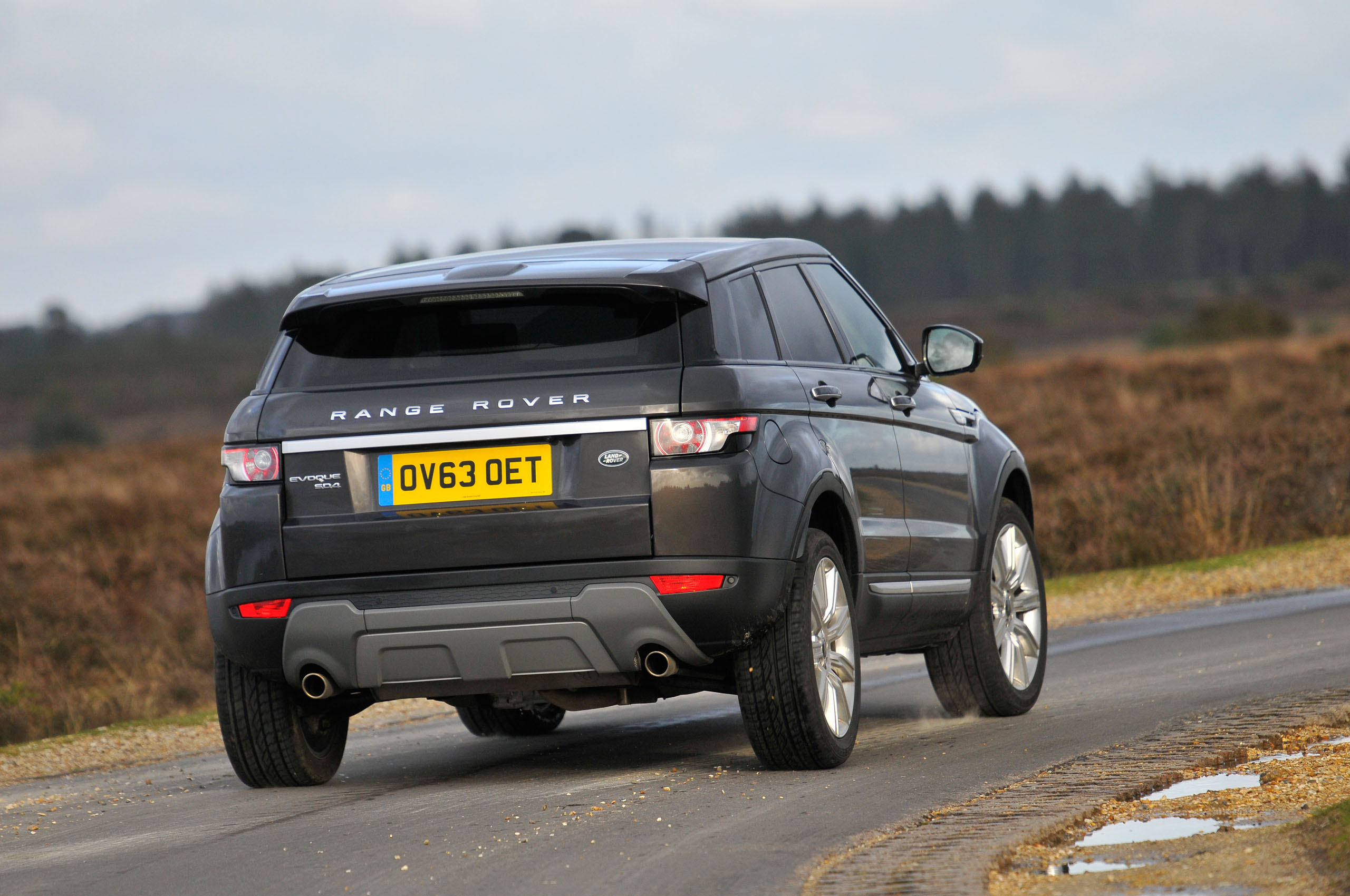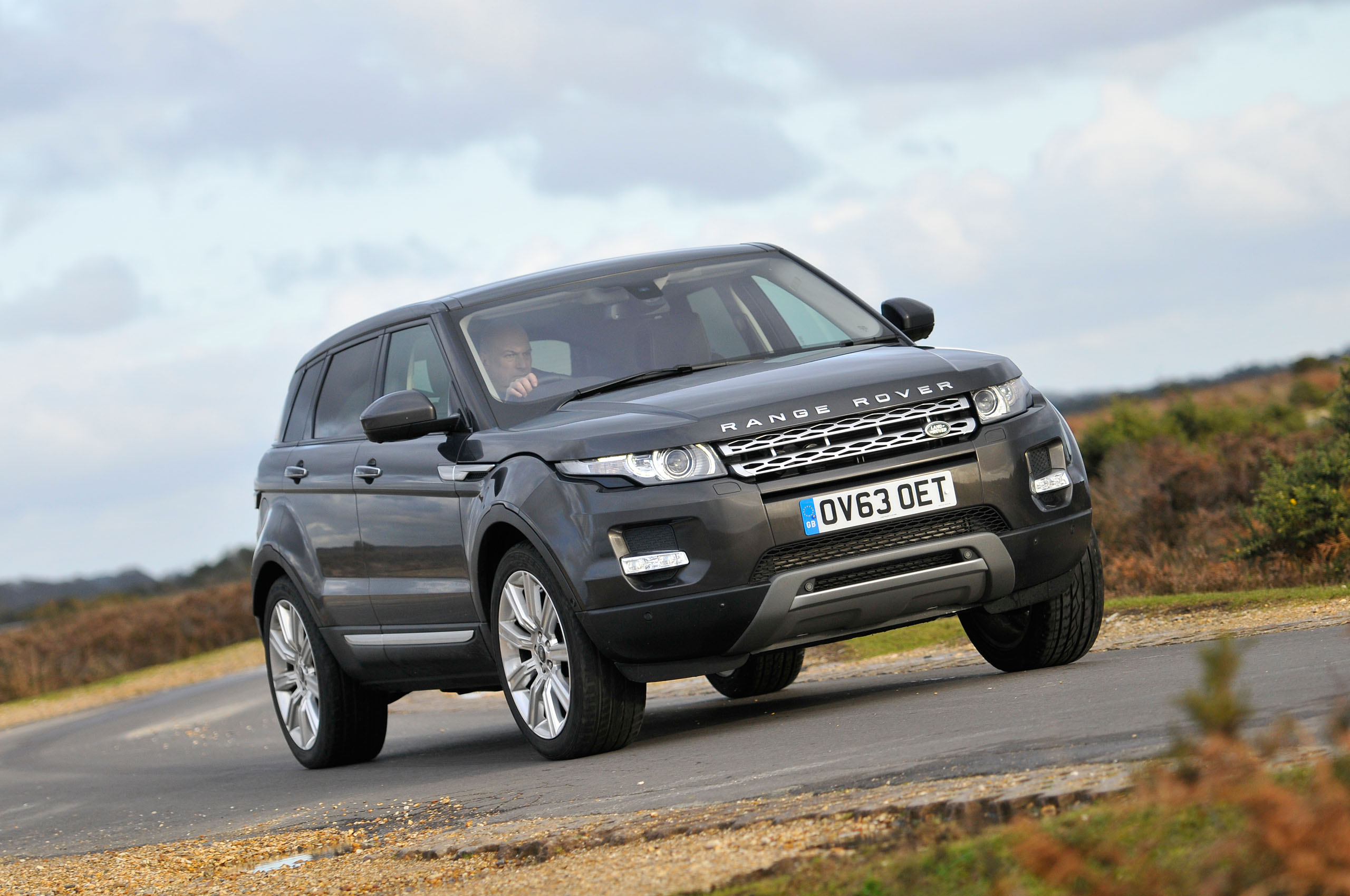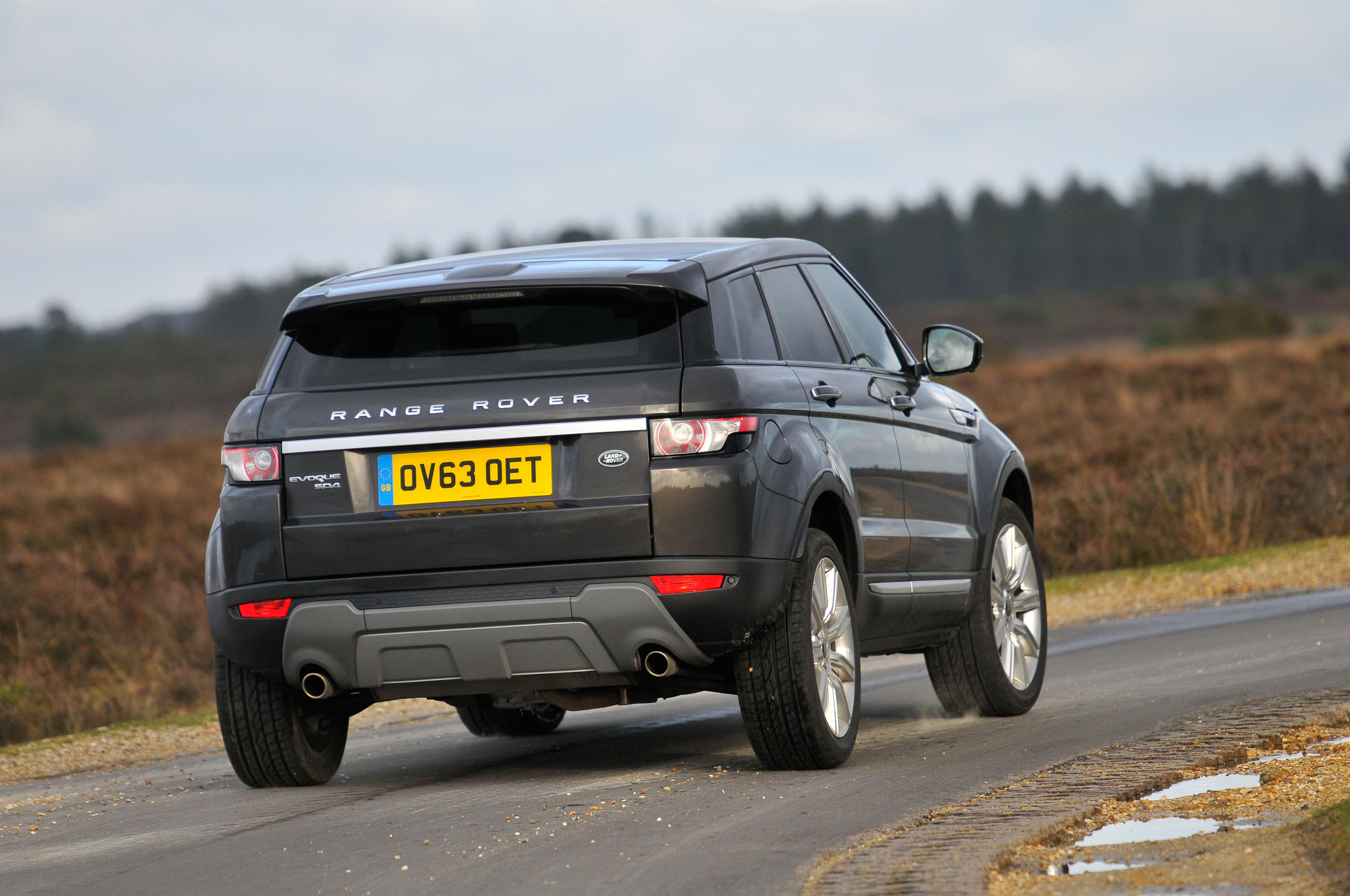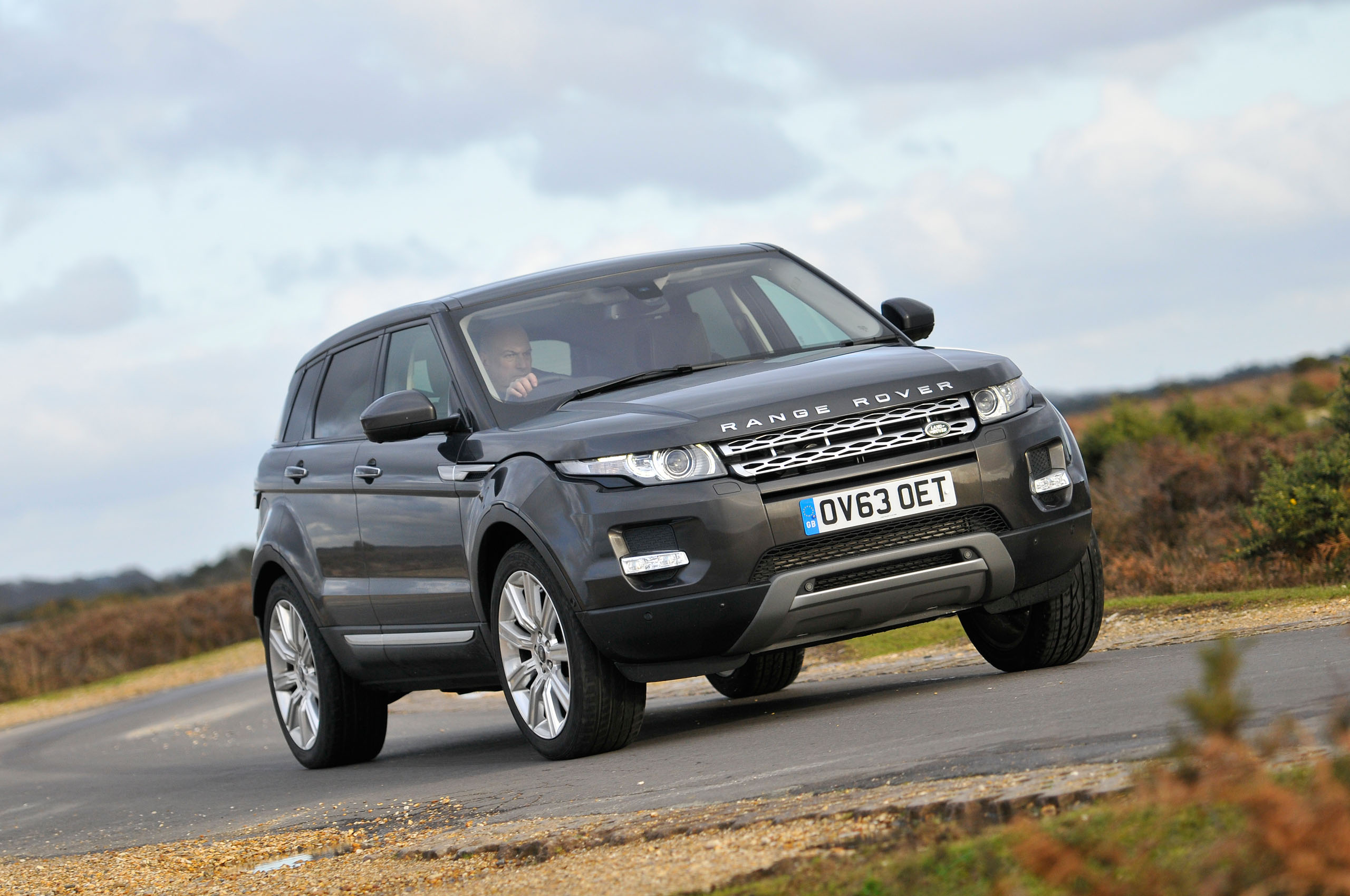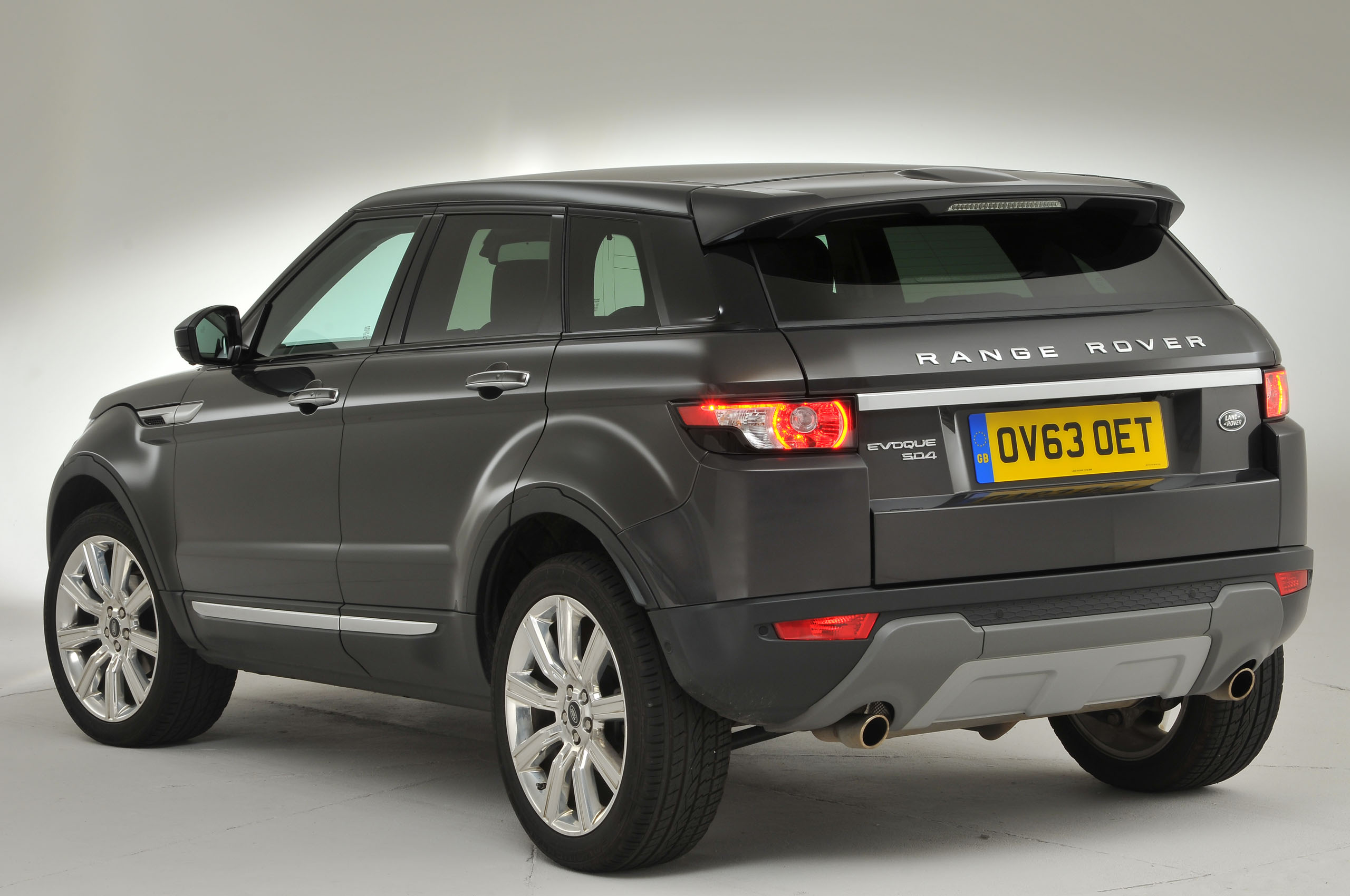If you want a compact SUV that looks great and makes you feel good when you drive it, the ultra-chic first-generation Range Rover Evoque is a hard car to overlook – and more so when you can pick one up for just £3000.
Indeed, the swish and swanky Evoque hit the ground running in 2011, with modern styling that was a faithful translation of the striking LRX concept unveiled at the Detroit motor show almost 20 years ago.
The Evoque racked up more than 800,000 sales worldwide before Jaguar Land Rover rolled out the second-generation model in 2018, and plenty of first-generation cars of varying age, mileage and price have filtered into the classifieds.
Fashion-focused buyers are likely to be tempted by this cut-price baby Range Rover. If you’re looking for one at a bargain price, you will probably end up with a diesel, because they dominate used car buying sites.
The 2.2-litre diesel was offered in two states of tune, but while the front-wheel-drive eD4 and four-wheel-drive TD4 produced only 147bhp, they’re not as staid as you might expect compared with the 187bhp SD4, which came with four-wheel drive as standard.
The SD4 has a wider breadth of capabilities and is more competent both on the road and off it: that four-wheel drive might come in handy when you drop the kids off at a muddy football field, but for daily jaunts the eD4 is fine.
Even with 40bhp more, the SD4 only feels much faster when overtaking or pressing on uphill, but at the same time it’s about as economical as the lower-powered eD4.


